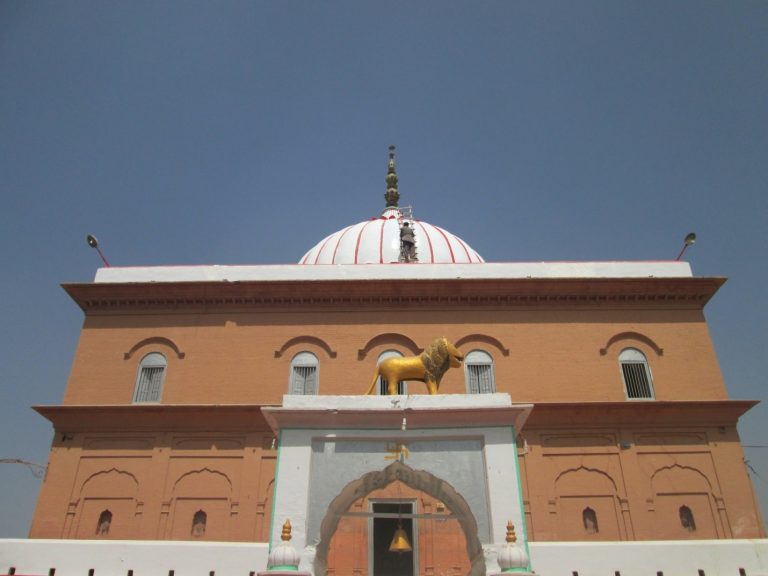
According to historical accounts the construction of this building started during Kalhora rule but later was taken over by Talpurs and handed over to Udasi panth. Baba Sukhdev Sahib established the Darbar in 1787.
Quratulain Kareem
The Halani, a small historic town of Naushehro Feroze district in Sahiti pargana of Sindh, had a great importance during rule of Kalhora dynasty. Its past glory can be judged from the heritage sites located in this area. Darbar Sahib Halani is one of such heritages that still exist here. Certain historical accounts available on Baba Sarup Das Darbar Alias Darbar Sahib Halani claim its establishment and construction during Talpur rule in Sindh but the archaeological contexts simply trace this Darbar’s construction in Kalhora rule.
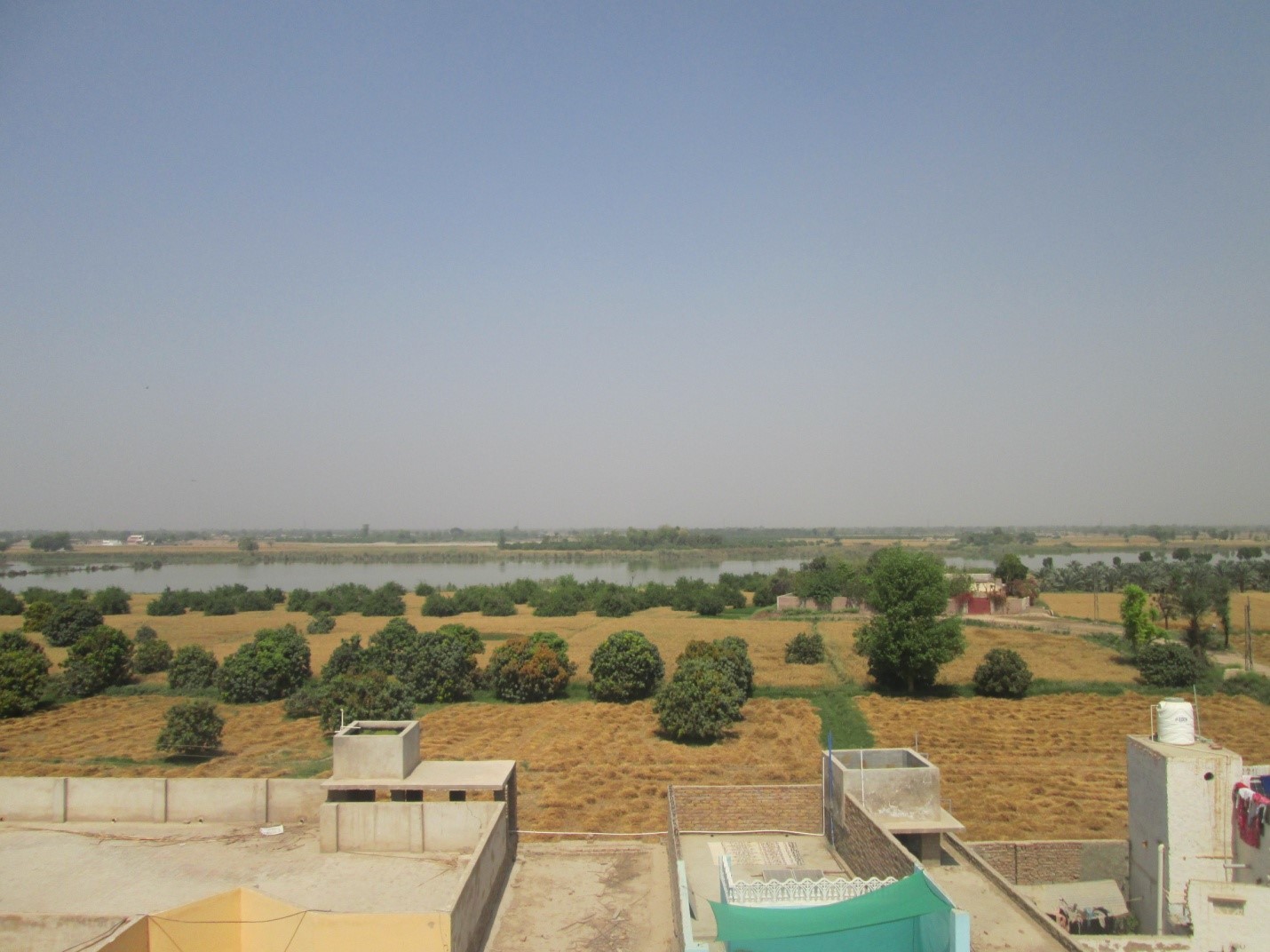
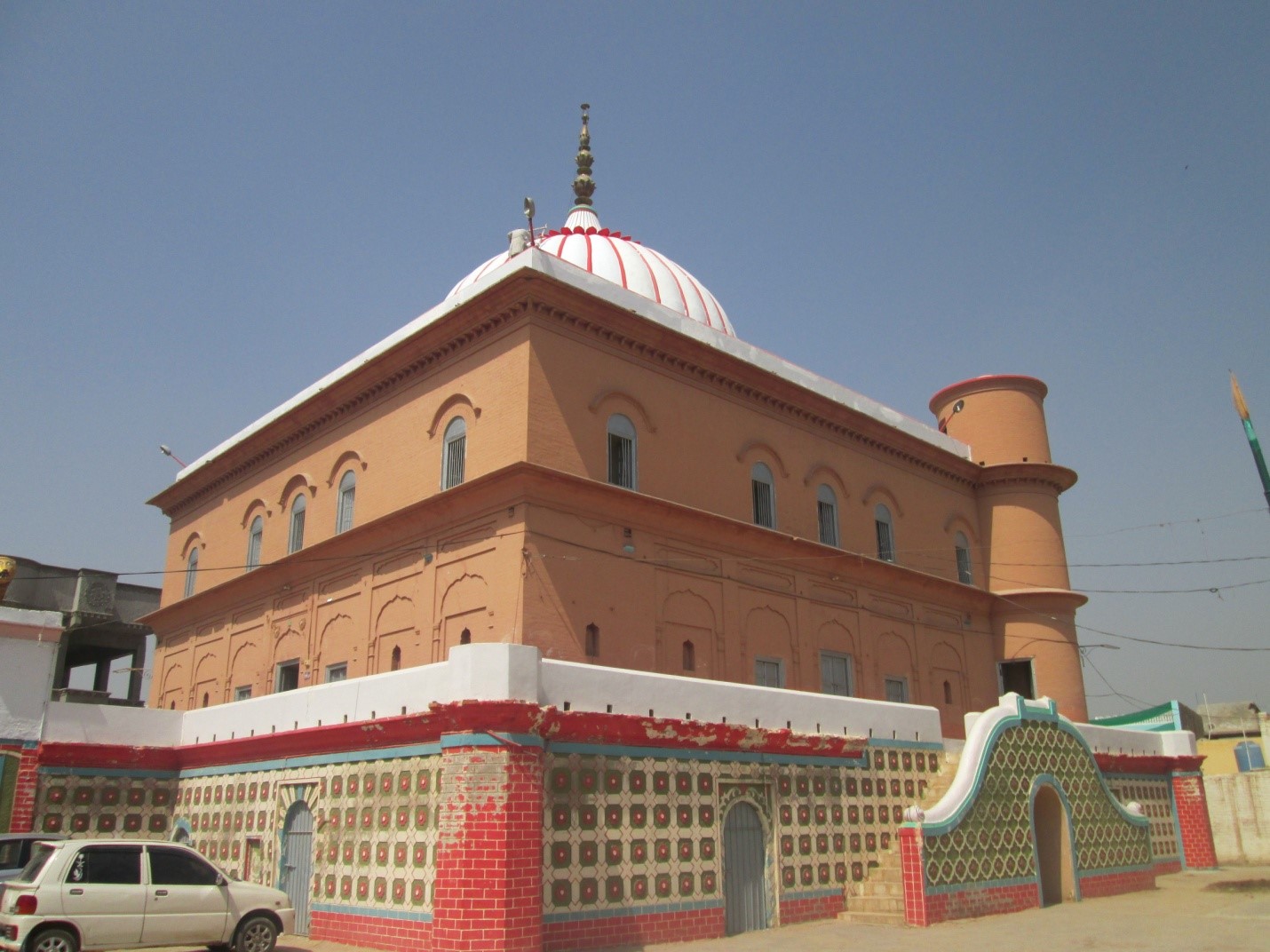
Darbar’s structure is in square shape with trefoil arched and semi-circular windows in its all four walls. The first floor of Darbar and upstairs way heading to roof resemble to the tomb of Mian Ghulam Shah Kalhoro in Hyderabad and give a glimpse of its construction during Kalhora rule by the presence of prominent features and elements belonging to Kalhora period architecture style. However the dome and windows in second floor with semicircular arches look later establishments in structure when after the battle of Halani, Kalhoras left the area and Talpurs took control the area and one of the Talpur ruler handed this over to Sikh saint to turn it into a Darbar and permitted them to perform their religious practices. However it is not known to us and had never been researched for what purpose the Kalhoras constructed this space or either defeat at the hands of Talpurs left its construction in half by Kalhoras.
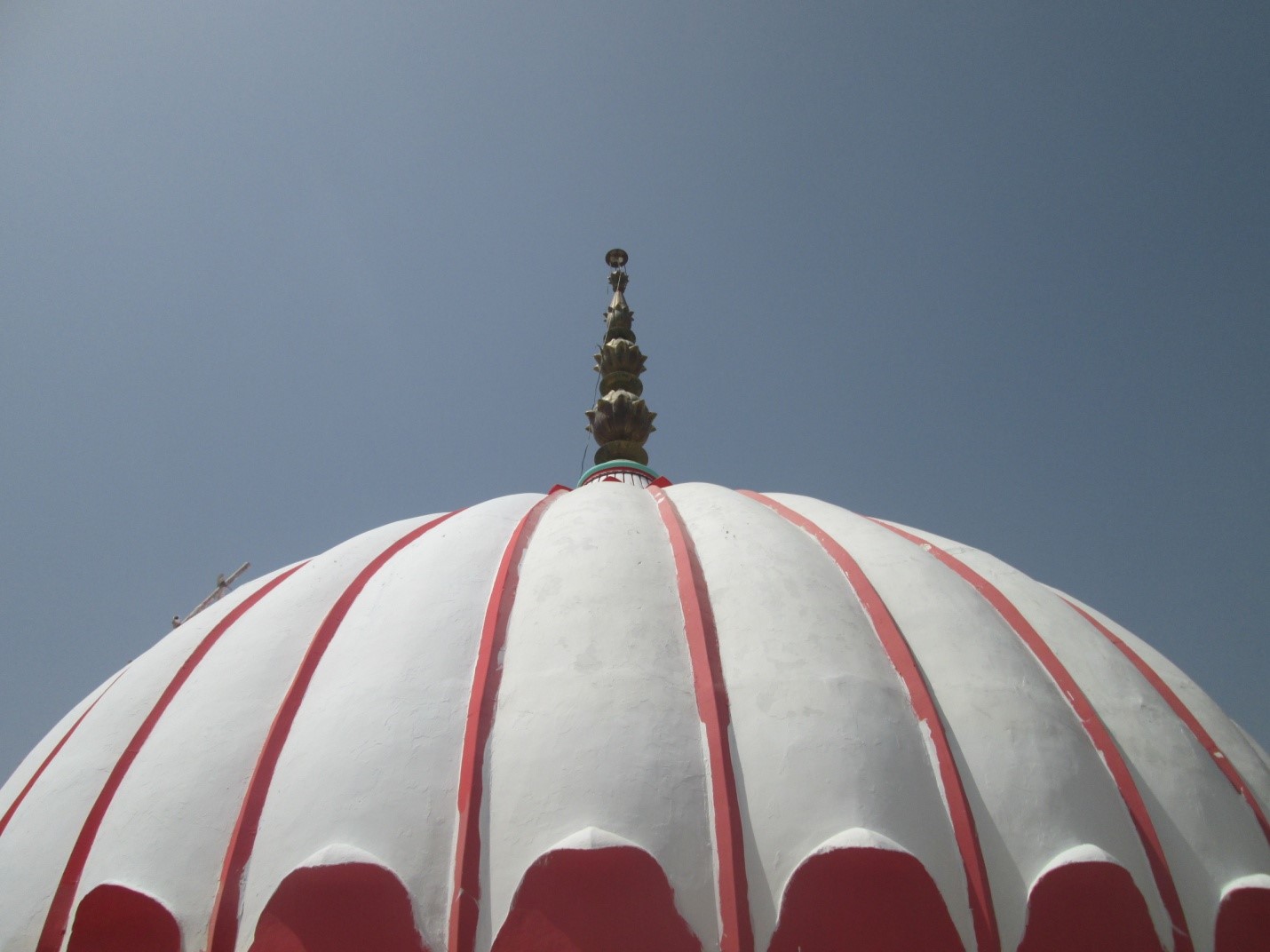
Dome of Darbar with FinialWhatever may be, the handing over of this heritage to the Sikh community of Udasi panth by the Talpurs testifies that they believed in spiritual values, beliefs and practices of other faiths or their alliance with other religious groups to consolidate the rule and run the newly established state with religious tolerance.
As regards Udasi panth, the Sikh encyclopedia says that Udasi, is an ascetical sect of the Sikhs founded by Sri Chand (1494-1629), the elder son of Guru Nanak. Udasi is derived from the Sanskrit word Udasin, i.e. one who is indifferent to or disregardful of worldly attachments, a stoic, or a mendicant. In Sikh tradition, the term has also been used for each of the four preaching tours of Guru Nanak; in this sense, Uudasi meant a prolonged absence from home. Some scholars, including many Udasis, trace the origin of the sect back to the Puranic age, but, historically speaking, Sri Chand was the founder.
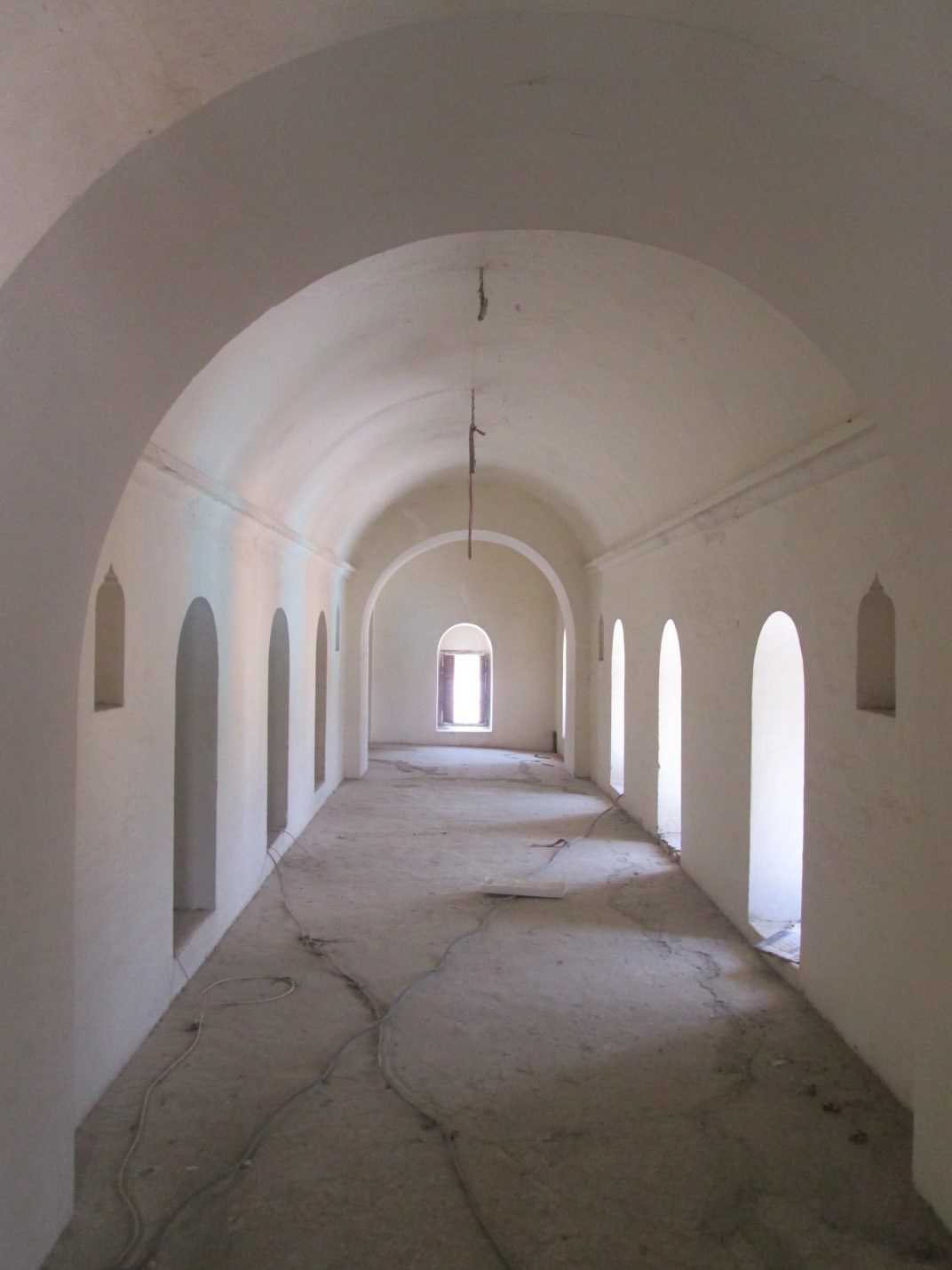
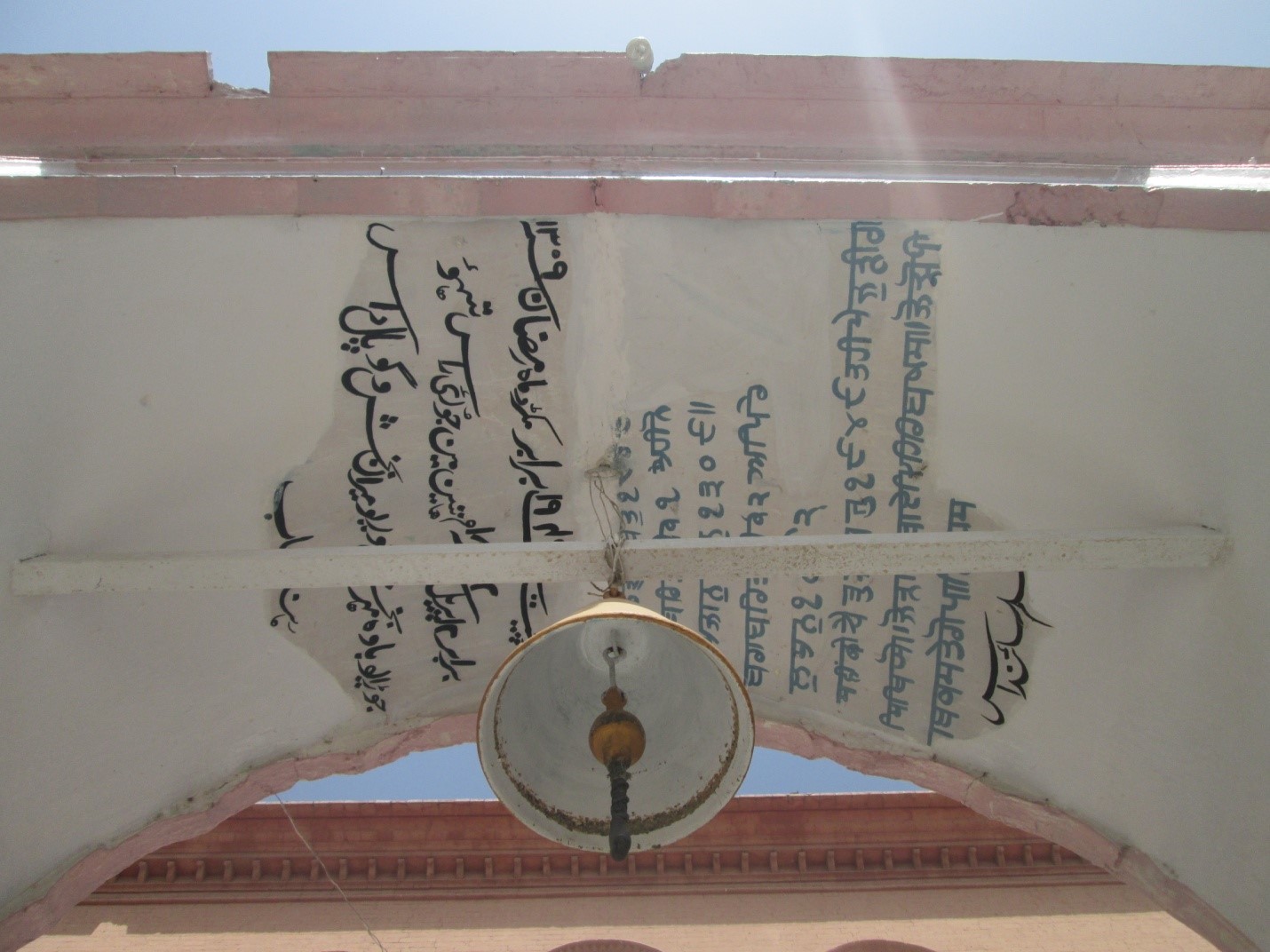
There is a myth that once Mir Allahyar Khan Mankani Talpur, while moving along with his caravan to take possession of his part of the kingdom, sighted a Mahatma sitting in deep meditation. After he opened his eyes, the Mir sought his blessings and humbly requested the Mahatma to accompany him to his newly acquired estate. The Mahatma was none other than Baba Sukhdev Sahib, who looking at Mir’s humility and devotion, agreed to do so. Baba initially stayed in the ashram especially constructed by the Mir for him and later, after visiting places like Hyderabad, Sehwan, etc. finally reached Halani. Baba was so overwhelmed at the sight of the thick forest that he decided to spend the rest of his life here. He built a small hut for himself adorned by the gadi as gadisar and this is how Halani Darbar was first established and made functional by Baba Sukhdev Sahib in 1787 during Talpur rule.
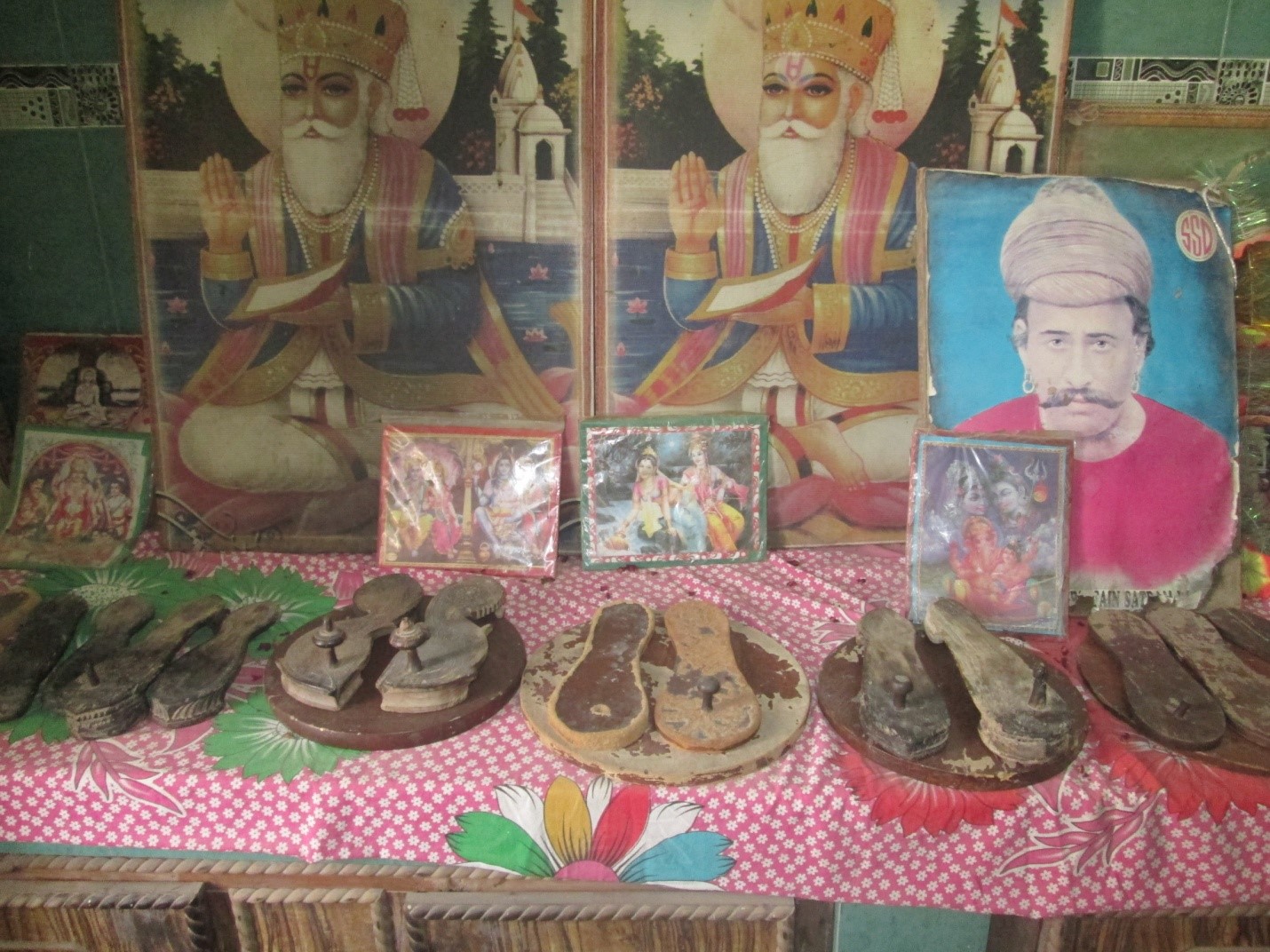
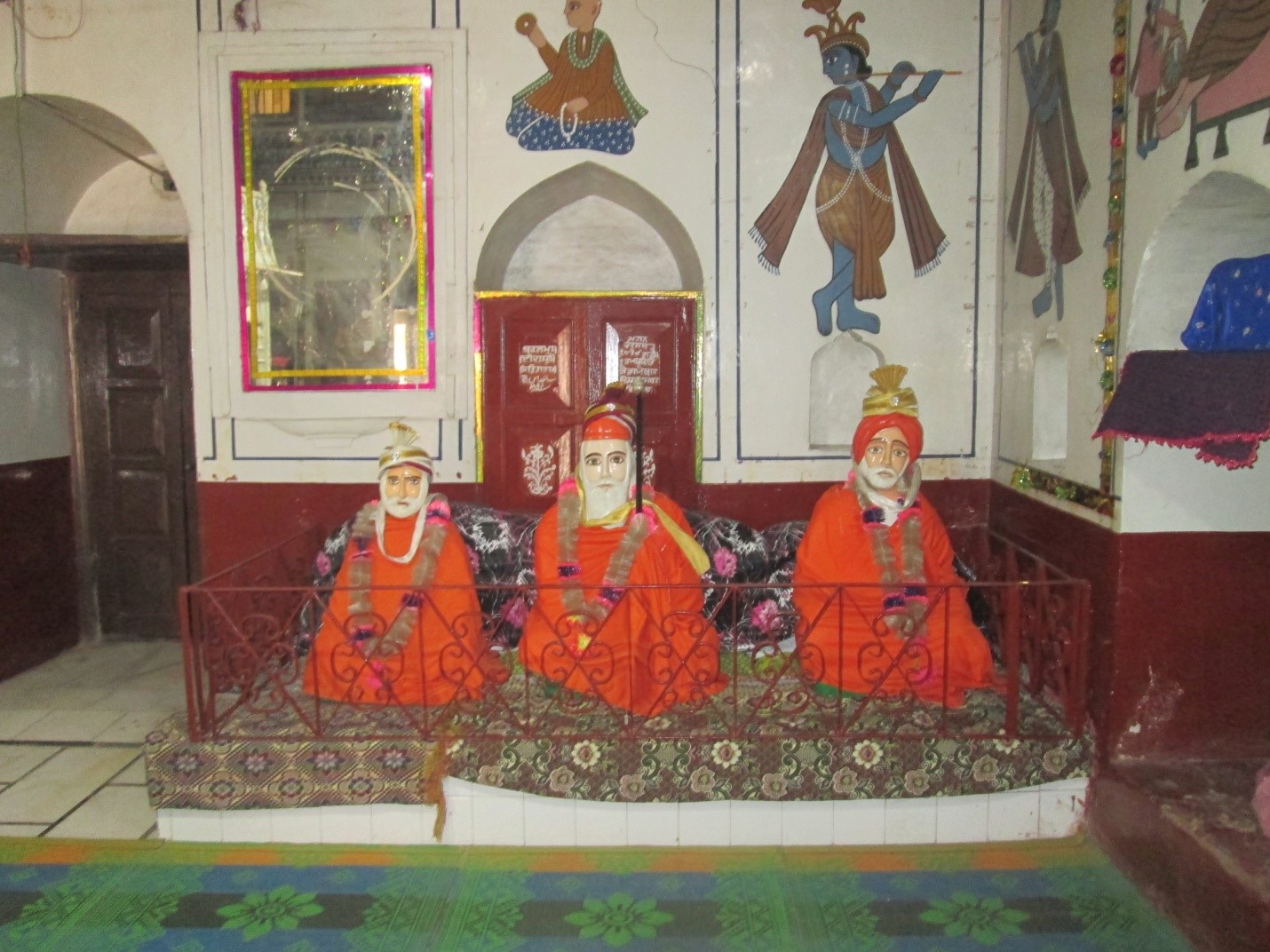
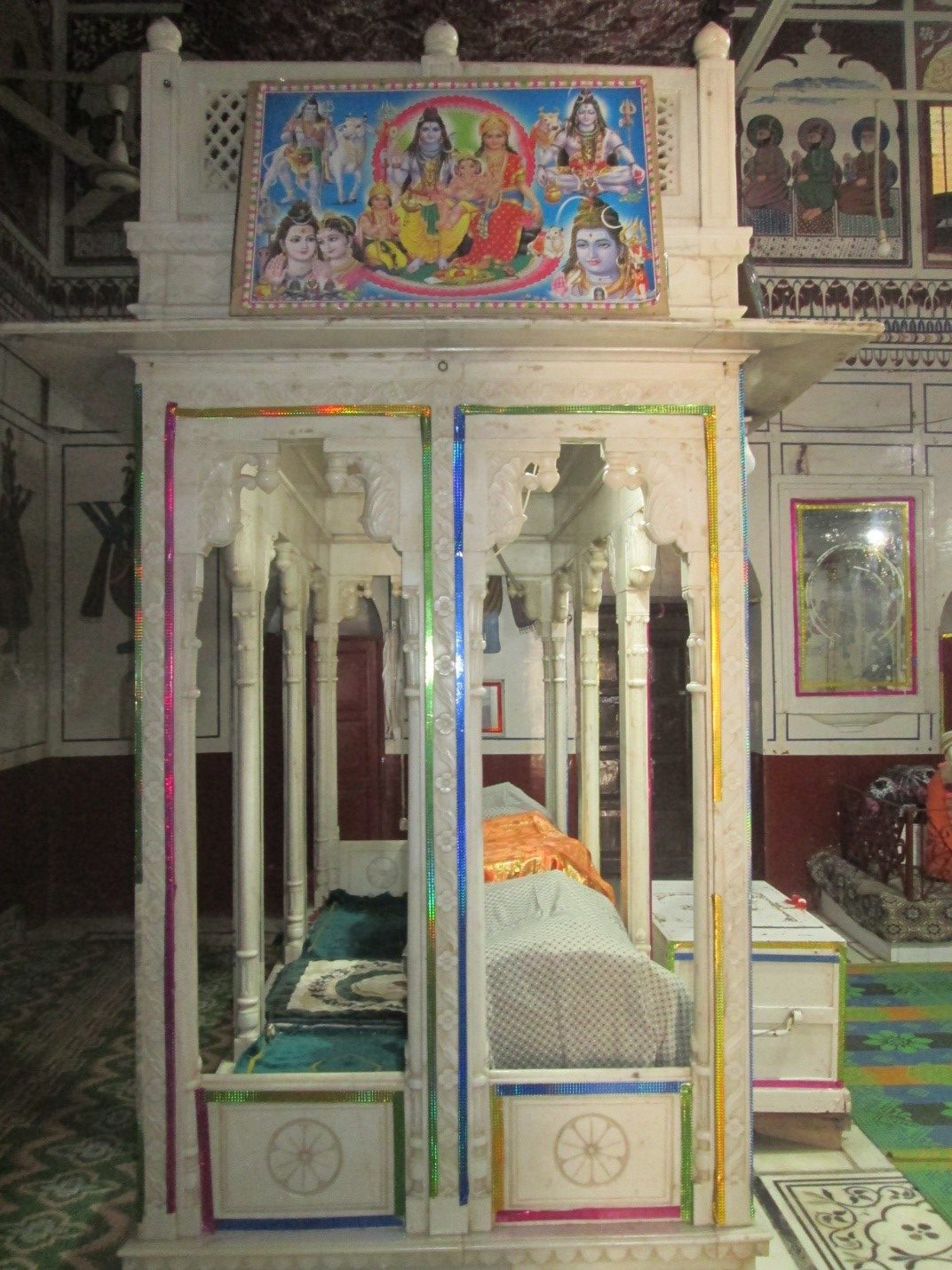
Thus, the story of power transformation, possession of heritage and establishment of new social institutions as Darbar Sahib Halani could be conceptualized through the Darbar’s Structure.
According to anthropologist Dr. Zulfiqar Ali Kalhoro some of the popular Udasi Darbars in Sindh include Baba Bankhandi Darbar at Sadh Belo, Sukkur, Khushi Ram Darbar at Rohri, Samad Udasi at Shikarpur, Chhat Darbar at Shikarpur, Wadi Darbar at Pir Jo Goth, Jumna Das Darbar etc.
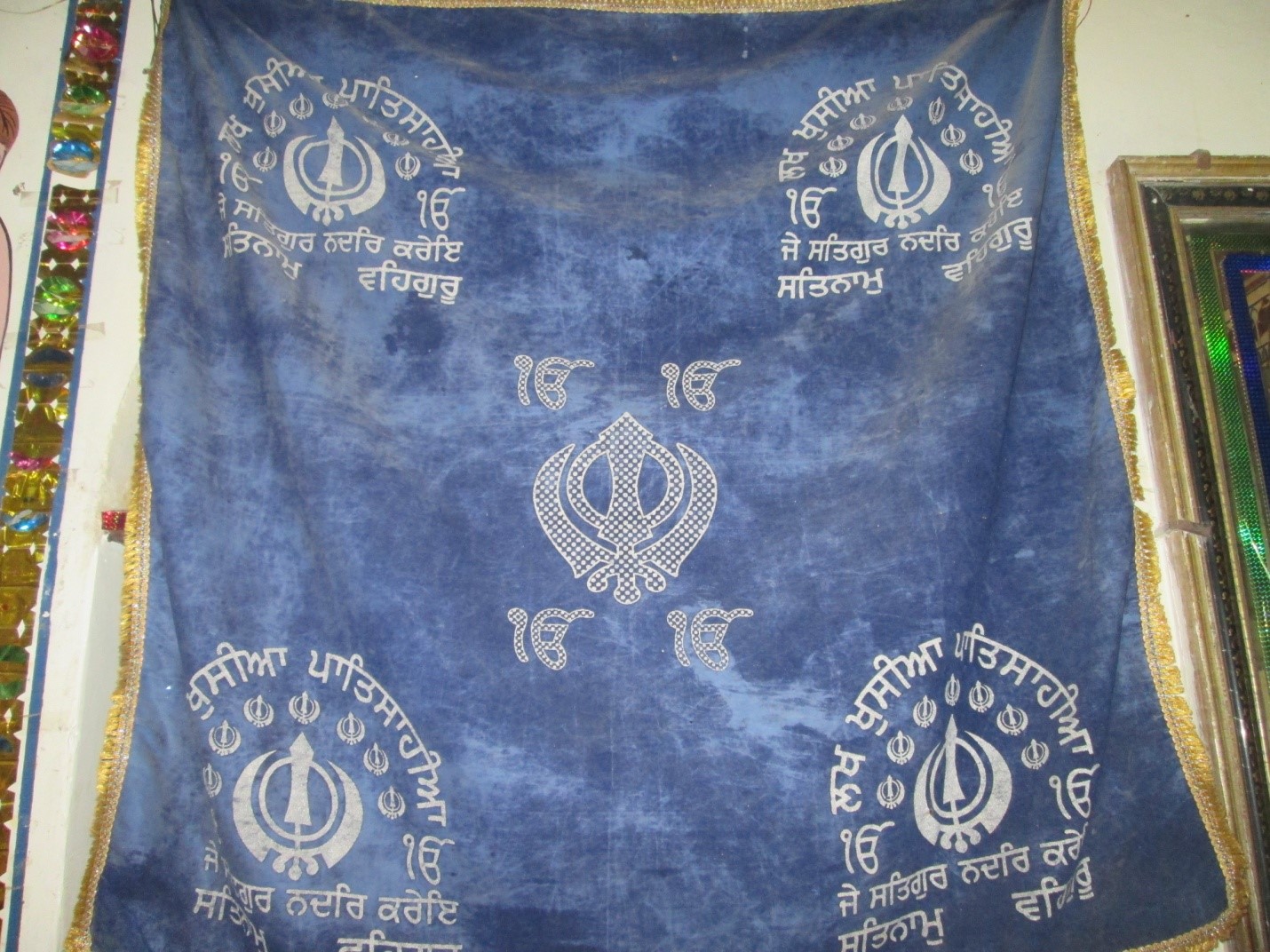
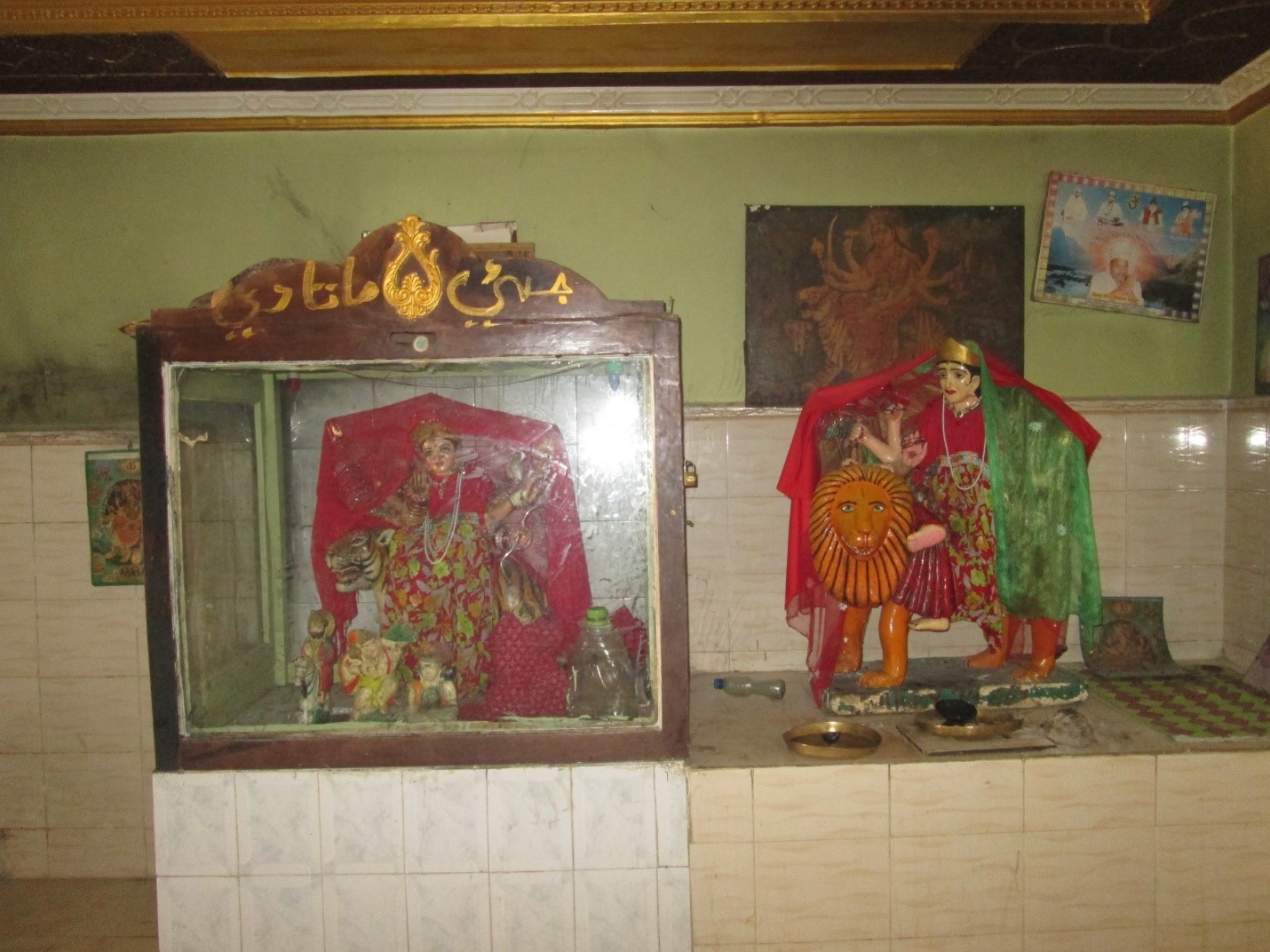
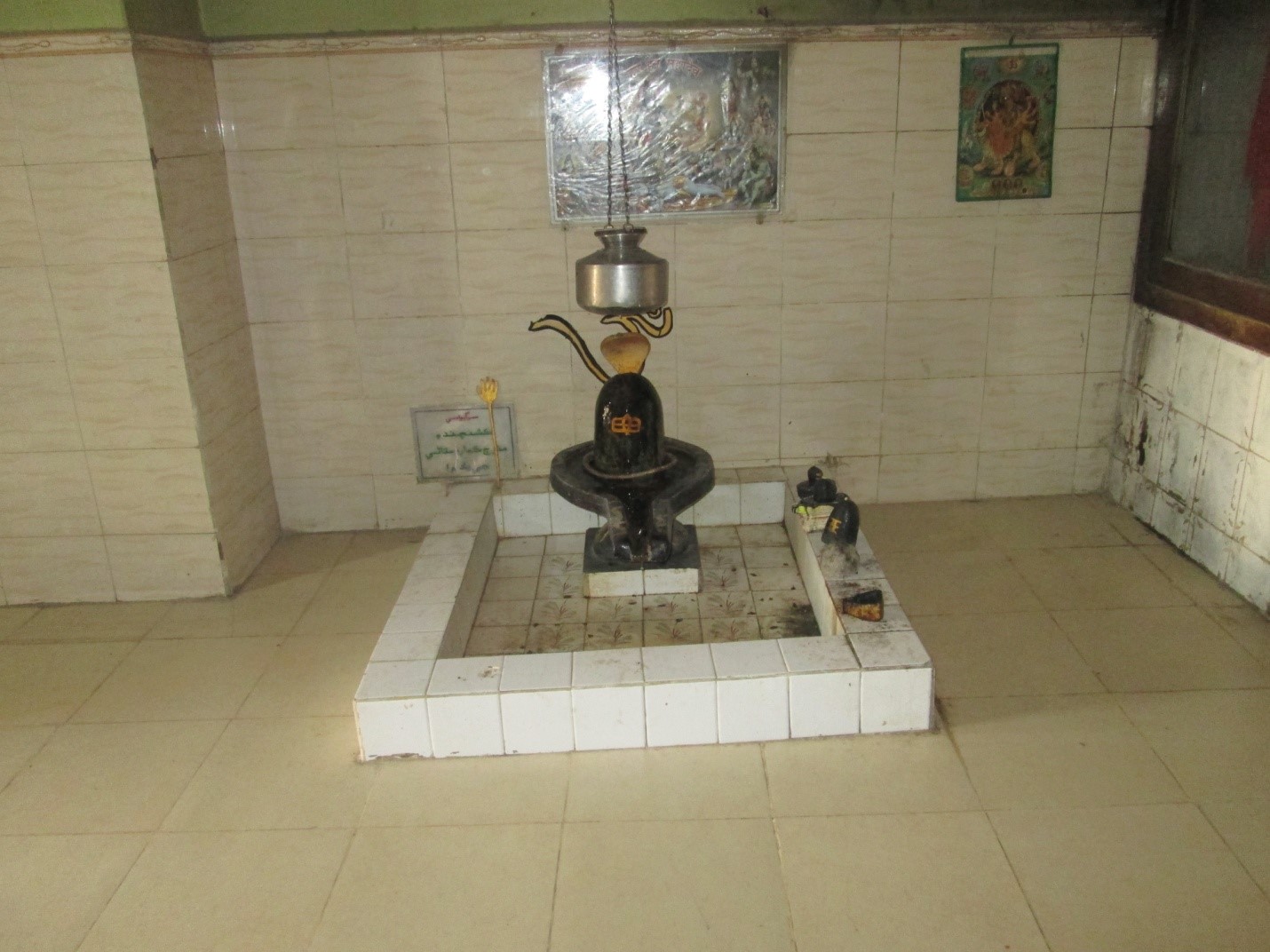
But Baba Sarup Das Darbar alias Halani Darbar Sahib is the only one where all twenty four pauris of sri Asa-di-vaar (a collection of 24 stanzas in the Guru Granth Sahib) are recited daily, katha and kiran are conducted, Maha Dev Shiv, Durga Devi, Ram, Krishna Bhagwan and Baba Guru Nanak are worshiped. Bhajans are sung every night. But No any guru adorned the holy seat here in this Darbar and it is empty since years. Some of the chambers of Darbar resemble to the old irrigation buildings in district Naushehro Feroze built during British period. Such chambers are supposed to be established later in British period. The Darbar’s funding system goes through the court. However, there is a trust here which organizes Vaisakhi festivals on 12, 13 and 14 April but is inactive about the other aspects of Darbar. Yatris from all over Sindh visit Darbar and participate in the Festival of Vaisakhi. If the court allows handing over of the custody of this Darbar to the Auqaf Department then the affairs of Darbar can go smoothly and will provide the facility to pilgrims and other visitors.
________________
Quratulain Kareem is Teaching Assistant at Department of Anthropology & Archaeology, University of Sindh. (Photo Courtesy: Author)